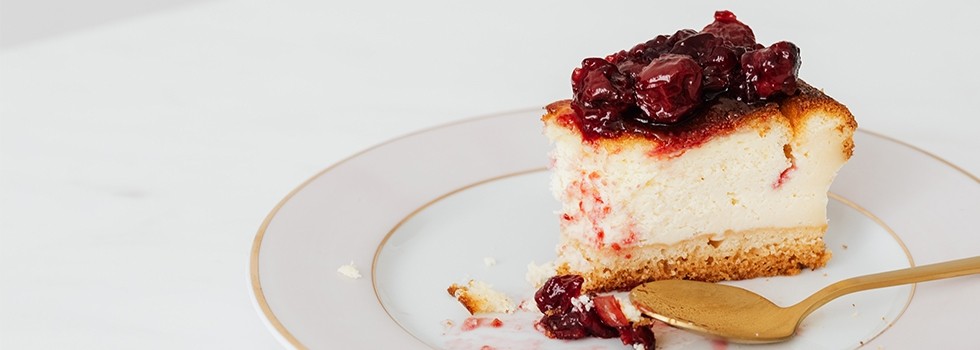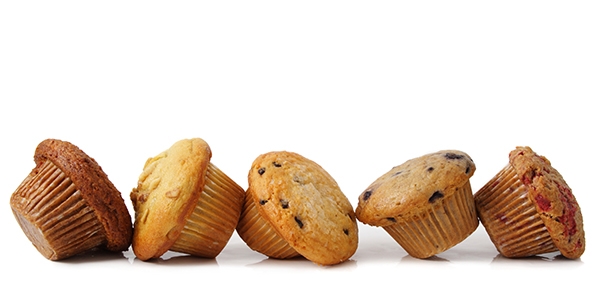Promotional Features
How to guarantee freshness and high quality throughout the entire shelf-life in the bakery segment
Consumers nowadays are increasingly concerned about how their way of living impacts the wellbeing of the planet. They continuously search for more sustainable solutions that are healthy and fresh at the same time, while reducing food waste.
Possible ways to decrease the amount of food discarded would include updating the way we communicate about expiration dates, packaging innovations and extending the shelf-life of food. This is especially a need for application in sales channels where consumers are typically farther away from the producer, like sales via hypermarkets and supermarkets.
In North America, more than half of dough products and more than 40% of cakes and pastries are sold through hypermarkets and supermarkets, according to GlobalData. This makes up for a very high percentage of sweet baked goods sales in need of freshness for an extended period of time.
The biggest challenge when it comes to the shelf-life of breads, sweet bakery products, bakery fillings and fruit preparations is preventing growth of yeasts and molds. Traditionally it is observed manufacturers of this type of products often reach out to synthetic preservatives and additives often produced from side-streams of the petroleum industry. Many bakery products still include these additives today. Reasons for use include the fact that they have a low cost-in-use, were always easily available or were simply always used and thus the habit has continued. Now, more and more consumers are in search of natural and sustainable food production. If we want to take good care of our planet, it will be essential to not only focus on shelf-life extension of foods, but to do this in a sustainable way.
Are sustainable and natural solutions available for baked goods?
The good news is that sustainable, natural solutions produced by fermentation are now becoming the new market standard for this purpose. Using this age-old process sugar is transformed with the help of bacteria into a range of natural antimicrobial solutions. With more than 50% of products in the bakery sector in the Americas having “naturally healthy” as key attribute (source: Global Data), claims like “all natural” or “with 100% natural ingredients” are in high demand. The fermentation process uses renewable raw materials as its primary input, in a process with a low environmental impact.
Antimicrobial fermentation ingredients have already been around for a long time and mostly applied in highly perishable products like meat, fish, ready-to-eat meals, and sauces. For the baking industry, often the flavor aspects were seen as too challenging for an effective application. “At Galactic, we perfected the fermentation processes to now bring an innovative fermentation blend to the market. By combining various types of fermentation, ingredients can be created with a specific antimicrobial activity.
Additionally, flavor aspects can be controlled and adapted to the end application,” says Alain Bernard, the R&D Food Applications Manager at Galactic. In this case, a new ingredient was created specifically targeted to preserve the freshness and excellent flavor of baked goods over their original shelf-life and beyond.
How can natural antimicrobials protect baked goods against spoilage?
Showing how a baked good is protected against the growth of yeasts and molds is still very challenging. Quantification of microbial load is exceptionally complex compared to bacterial counts, due to the very local growth of yeasts and molds on food matrices and thus the heterogeneity of the material to evaluate. Evaluations to study the protection of a food against yeasts and molds is often done by visual evaluation.
In the Galactic application laboratories this type of evaluation happens daily. Like this, a gluten-free muffin recipe was developed based on buckwheat, applying the latest Galactic innovation. Then, this muffin is compared with a negative reference. That means the muffin is not containing any added preservative. The first evidence of mold growth appeared after 12 days for the negative reference. The muffin for comparison that used Galactic’s innovative ingredient reached a shelf-life of no less than 20 days.
This is a great demonstration on how natural ingredients can contribute to fight food waste, in a sustainable way.
What are the upcoming trends for the food industry according to consumers’ behavior?
Another growing trend is seen in health-conscious consumers who increasingly scrutinize product labels for ingredient lists. As many as 54% of consumers globally state that they pay high or very high attention to the ingredients in food and drinks according to Global Data. A perfect fit with the latest development at Galactic, which may be labeled in the US market as “vinegar”, “cultured sugar”. Using the technology of fermentation makes it possible to create solutions for the clear, understandable, and transparent labeling consumers are craving for. Galactic continuously works on the improvement of the freshness of a wide variety of baked goods. Think about bread, cake, muffins, and cheesecake, but also crêpes, chocolate fillings and fruit jam.
An evolution to the natural production and processing of food and its ingredients in a sustainable way will be the natural course to follow for food manufacturers. Food processors will need to act on this growing market trend if they want to continue to cater to the demand of their consumers… and for the sake of the planet.


